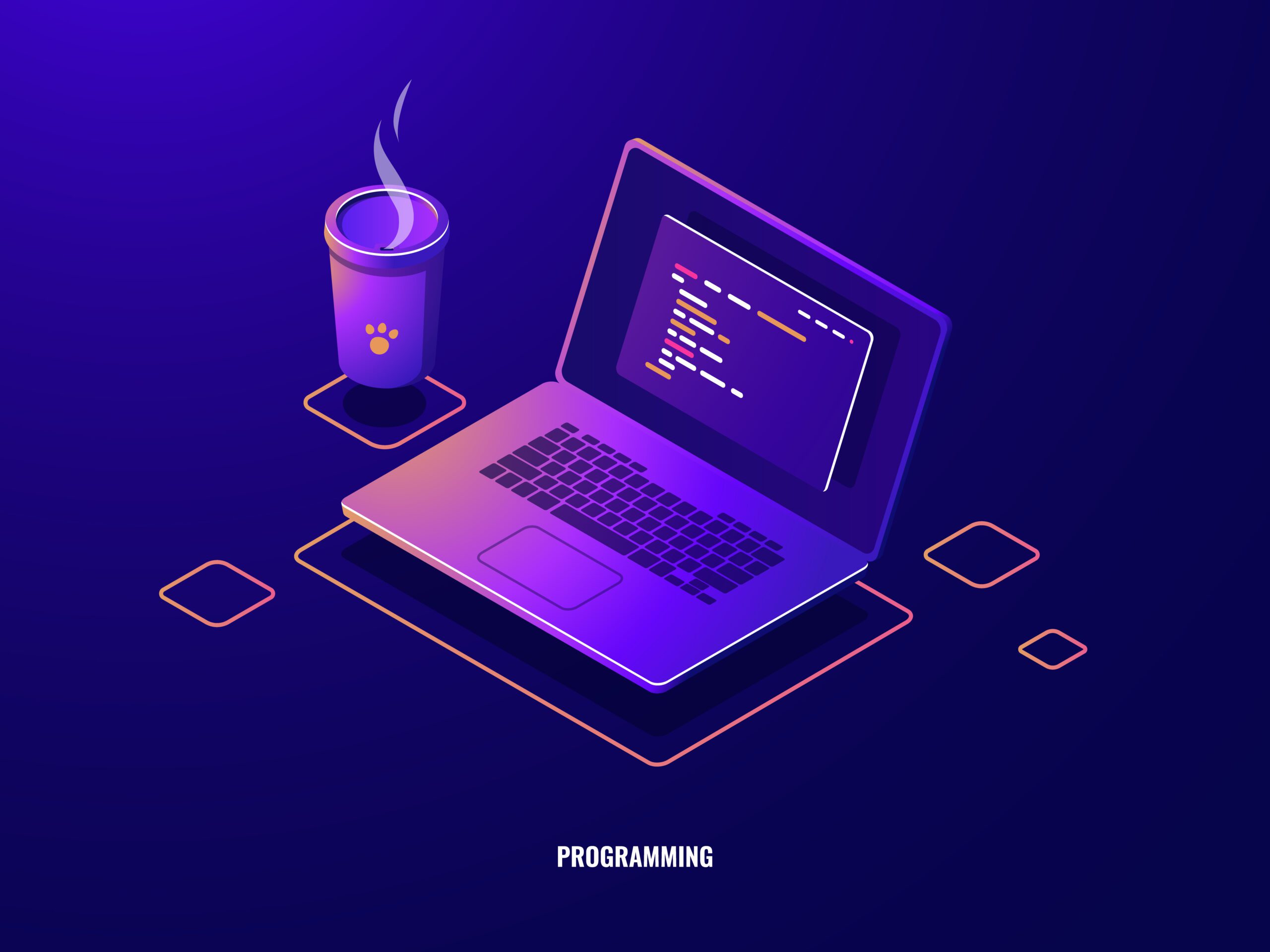The Rise of No-Code & Low-Code Development: Is It Replacing Traditional Coding?
Introduction
The world of web development is evolving faster than ever. With the rise of no-code and low-code platforms, creating websites and applications has become accessible to non-developers and business owners. But does this mean traditional coding is becoming obsolete? In this blog, we’ll explore the impact of no-code and low-code development, their benefits and limitations, and whether they can truly replace custom web development.
🚀 Need a custom-built website instead? Check out my portfolio for high-performance web solutions!
What is No-Code & Low-Code Development?
No-Code Development
No-code platforms allow users to build websites and applications using drag-and-drop interfaces without writing a single line of code. Examples include Webflow, Bubble, and Wix.
Low-Code Development
Low-code platforms offer a mix of visual development tools and minimal coding, making it easier for developers to speed up their workflow. Popular low-code tools include OutSystems, Mendix, and Microsoft Power Apps.
🔗 Want to learn more about the best tools? Check out this guide.
Benefits of No-Code & Low-Code Platforms
✅ Faster Development: Build websites and apps in days instead of months. ✅ Cost-Effective: Reduces the need for large development teams. ✅ Accessibility: Allows non-technical users to create functional applications. ✅ Scalability: Some platforms support API integrations and automation.
💡 Need an expert touch for your website? Hire a web developer in Pakistan for a custom-built solution.
Limitations of No-Code & Low-Code
❌ Limited Customization: Pre-built templates restrict flexibility. ❌ Scalability Issues: Not ideal for complex web applications. ❌ Security Concerns: Dependence on third-party platforms poses risks. ❌ Performance Challenges: Some platforms are not optimized for SEO and speed.
🔗 Want a high-performance website? See my custom projects.
Impact on Traditional Web Developers
While no-code tools are growing, traditional coding is still essential for creating fully customized, scalable, and secure applications. Developers now use a hybrid approach—leveraging low-code tools for rapid development while maintaining the flexibility of manual coding for complex features.
👉 No-code vs. custom development—Which is right for your business? Let’s discuss.
Best No-Code & Low-Code Tools in 2024
| Platform | Type | Best For |
|---|---|---|
| Webflow | No-Code | Responsive Web Design |
| Bubble | No-Code | Web Applications |
| OutSystems | Low-Code | Enterprise Solutions |
| Wix | No-Code | Small Business Websites |
| Mendix | Low-Code | Rapid Prototyping |
🔗 Explore a detailed comparison of these tools here.
Final Verdict: Will No-Code Replace Traditional Coding?
While no-code and low-code tools are revolutionizing web development, they cannot fully replace traditional coding—especially for businesses needing highly customized and scalable solutions. The best approach is a combination of both, using no-code for fast prototyping and custom coding for advanced functionality.
🔹 Need a website that stands out? Let’s build one together 🚀
Get Started Today!
📞 Call us: +92 309 7822 806
📩 Email: ahmed@codfellow.com
🌐 Visit us: CodFellow.com
#NoCode #WebDevelopment #Pakistan #LowCode #UIUX #TechTrends



